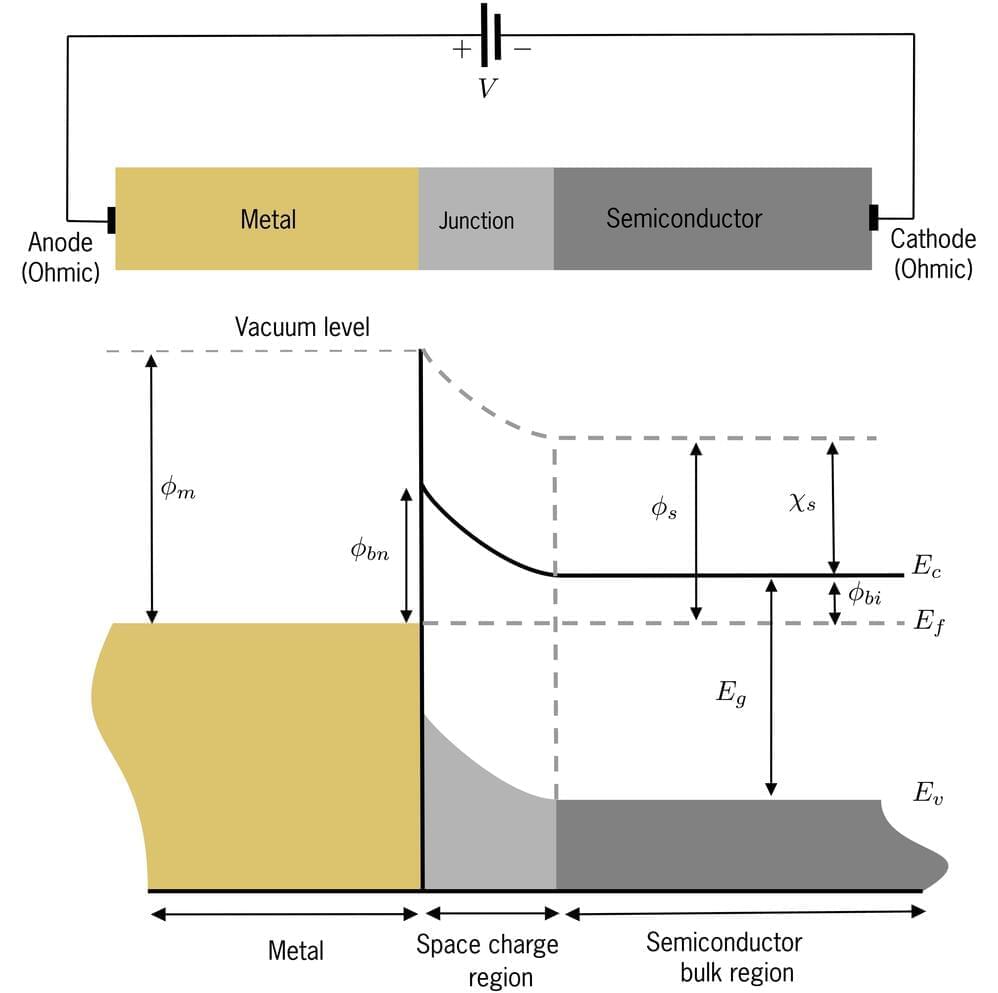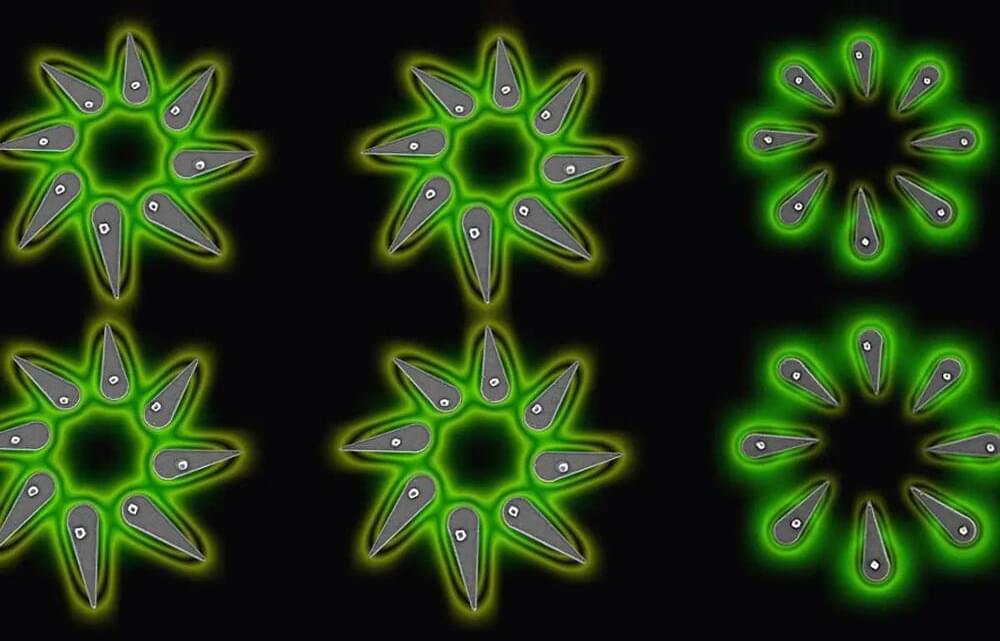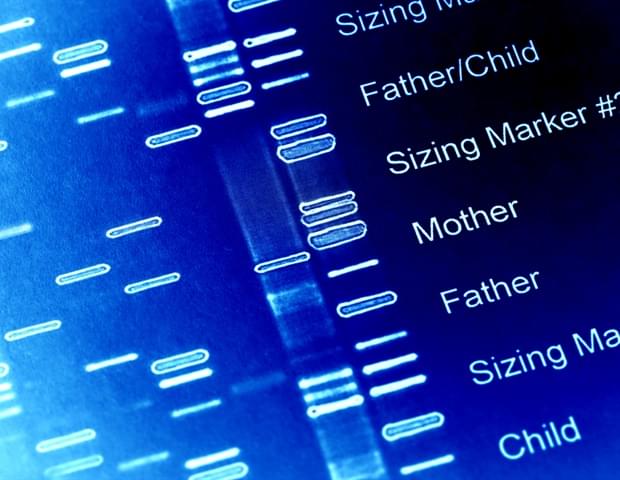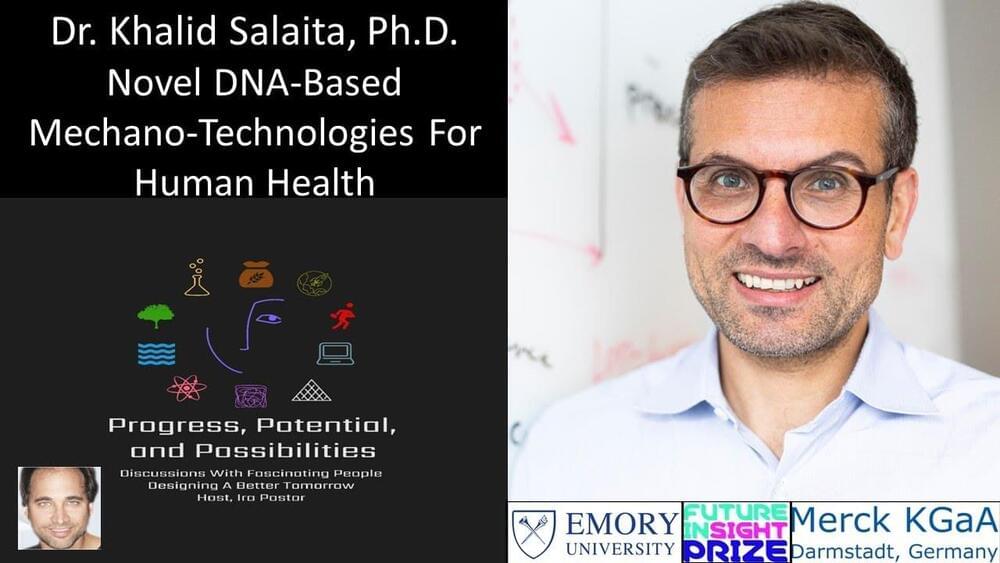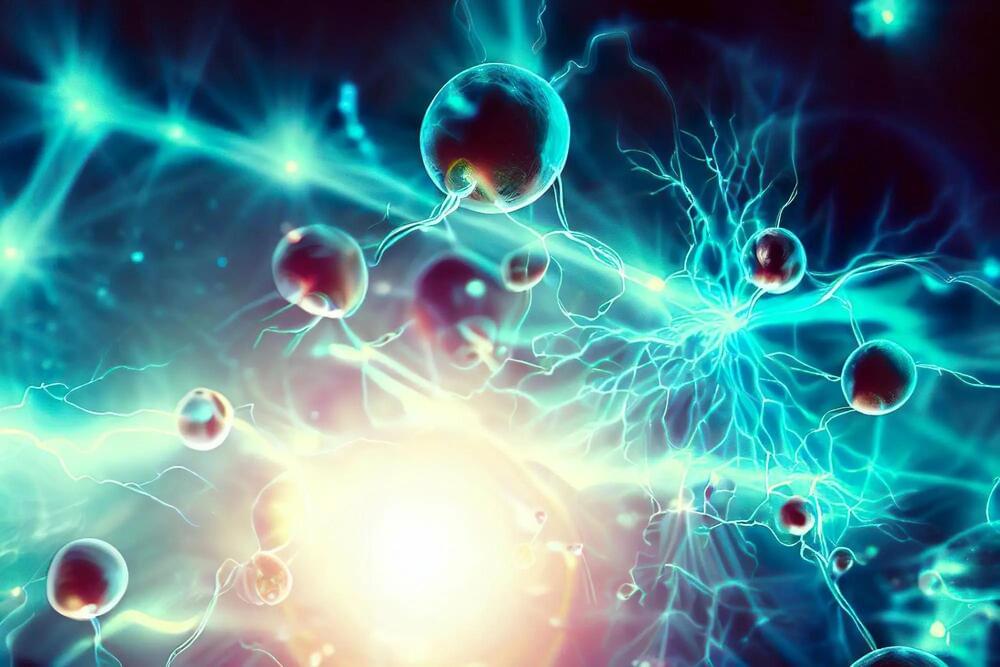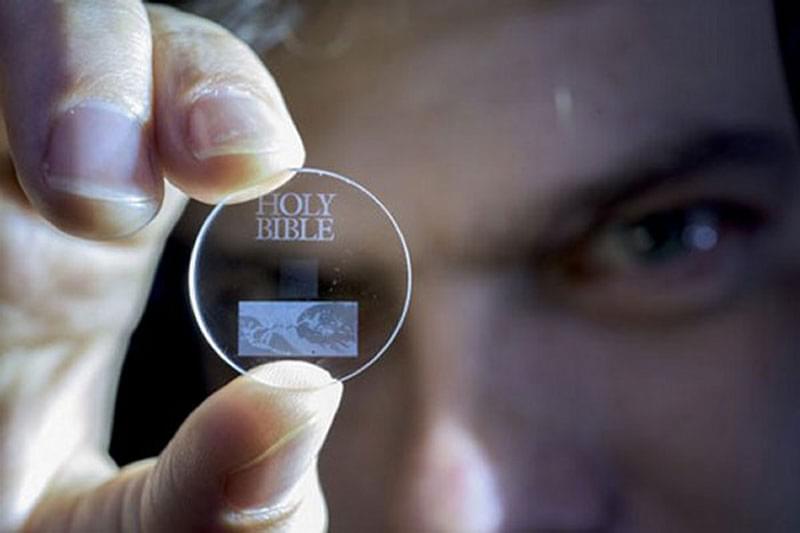Jul 13, 2023
Quantum plasmonics with dressing EM fields: Advancing the design of nanoscale integrated circuits
Posted by Dan Breeden in categories: nanotechnology, quantum physics
Envision a realm where light can be meticulously controlled and manipulated at minuscule scales, unlocking unprecedented potentials for nanotechnology and quantum information technology. Recent breakthroughs in quantum research have propelled us closer to a reality that may be more achievable than previously realized.
In this article, we delve into the domain of surface plasmon polaritons (SPPs) and the vast possibilities they offer in revolutionizing the field of quantum optics.
Picture a serene lake on a sunny day. As you drop a small stone into the water, it sets in motion gentle ripples that traverse the surface. Now, imagine light as akin to those undulating ripples. When light encounters the interface of a metal and a dielectric material, it has the power to generate waves, much like the ripples on the lake. This phenomenon is even more intriguing because these light waves can interact with the metal’s microscopic constituents, such as electrons. Remarkably, the light waves and electrons synchronize their oscillations, giving rise to an SPP wave.
